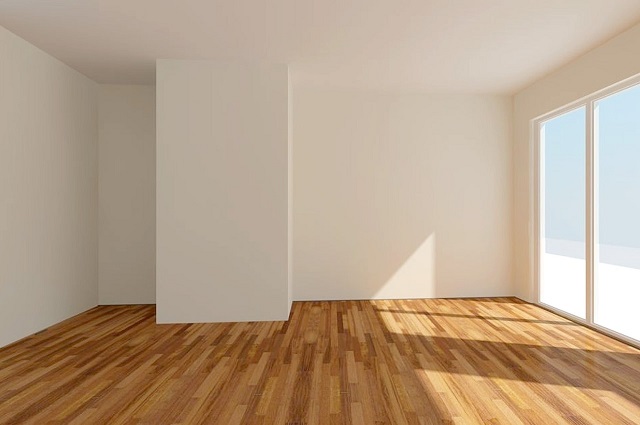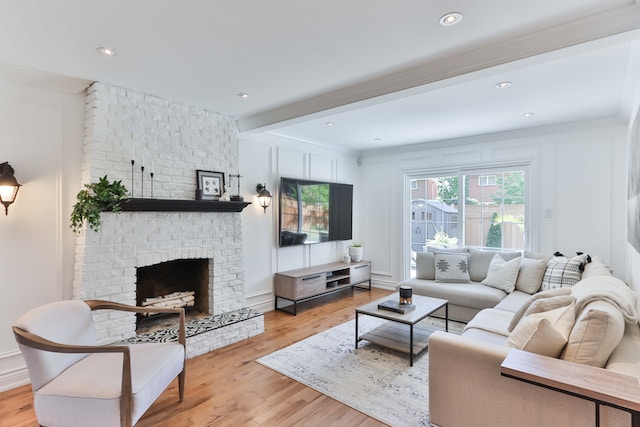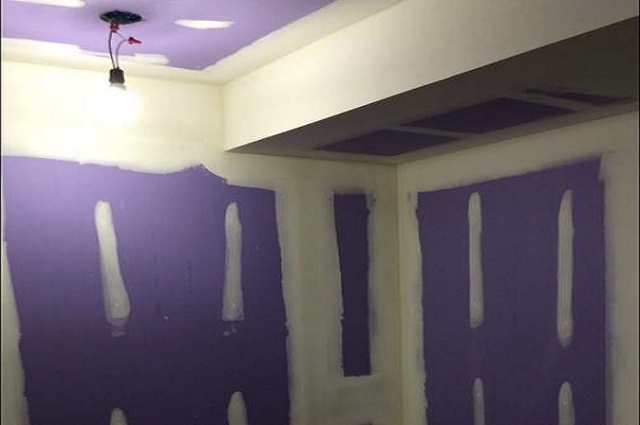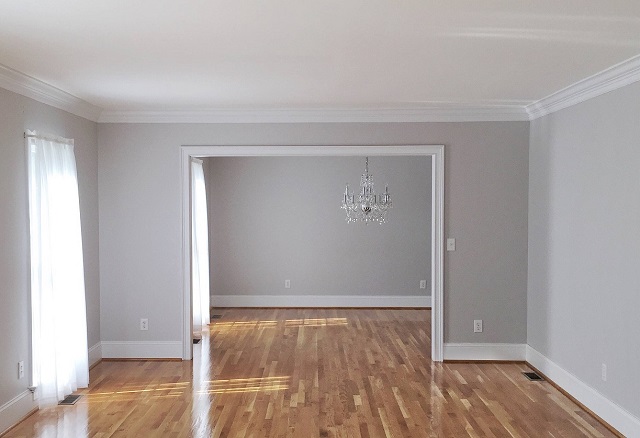Skim Coating Techniques

Preparation for skim coating
Ready to dive into the world of skim coating? Great! Before you get your hands dirty, make sure you have all the necessary materials on hand. You’ll need items like joint compound, a taping knife, sandpaper, a mud pan, and a drywall sander. Don’t forget to grab a bucket for mixing the compound and a drop cloth to protect your floors from any stray drips and spills. Oh, and a good ol’ ladder will also come in handy for reaching those high spots. Now, let’s talk about choosing the right compound for the job. There are different types available, so it’s important to pick one that matches your skill level and the surface you’re working on. Lightweight compounds are easier to work with for beginners, while setting compounds dry faster and are great for experienced DIYers. Consider the size of the project and the type of finish you want to achieve when selecting your compound. It’s all about finding the perfect match for a successful skim coating adventure!
Mixing and Choosing the Right Compound
So, you’ve got your walls prepped and ready to go for some skim coating magic! Now comes the crucial decision-making moment: choosing the right compound. Don’t let the array of options overwhelm you. Consider factors like the surface you’re working on and the level of smoothness you desire.
A good rule of thumb is to opt for an “all-purpose” joint compound if you’re a beginner or tackling a small project. This versatile pick is forgiving and easy to work with, making it a safe bet for achieving a decent finish. If you’re aiming for a more professional look or need to cover imperfections, go for a lightweight setting compound. You’ll get a smoother result and quicker drying time, but it might be less forgiving if you’re not used to working fast. Choose wisely, and your skim coating journey will be off to a solid start!
Application skim coating Techniques
After you’ve gathered your materials and mixed the right compound for skim coating, it’s time to dive into the actual application process. In this step, having the correct tools is key to achieving a smooth finish on your walls.
Let’s talk tools! You’ll need a stainless steel taping knife to apply the compound evenly on the surface. A hawk or mud pan will come in handy for holding the compound as you work your way around the room. Don’t forget a sanding sponge for smoothing out imperfections once the compound has dried. And of course, a good quality paint roller will help you achieve a flawless finish when it’s time to paint over your freshly skimmed walls. Remember, having the right tools makes all the difference in this DIY project.
Apply the First Coat
Alright, so you’ve prepped your surface and you’re ready to dive into the world of skim coating. Before you start slathering on that compound, make sure you’ve got your game face on. Grab your trusty trowel and get ready to spread that first coat like a pro.
Now, when it comes to applying the first coat, think of it like buttering toast. You want a nice, even layer that covers the surface smoothly. Don’t go too thin or too thick – just aim for that perfect Goldilocks zone. Spread the compound in one direction first, then go back over it in a perpendicular direction to make sure you’ve got all your bases covered. Just remember, practice makes perfect, so don’t stress if it’s not flawless on the first go.
Check and scrape between coats
When you’re in the midst of applying those smooth, dreamy coats of compound to your walls, it’s crucial to keep an eagle eye out for any imperfections that may sneak their way in. Trust me, it’s like trying to make a sandwich with a holey slice of bread – not enjoyable. So, as you’re layering on the goodness, take a breather every now and then to scan for any bumps, bubbles, or inconsistencies that may have popped up. Just grab your trusty tool and give those blemishes a quick scrape to keep things on track.
Now, tearing your gaze away from that mesmerizing compound might be a challenge, but believe me when I say that a little diligence pays off big time. Those little nicks and dings between coats might seem minor now, but they can turn into full-blown messes if left unchecked. It’s all about that balance between focus and fun – enjoying the process while also making sure those walls are as sleek as a freshly polished apple. So, keep your scraper handy, keep those peepers sharp, and keep those coats looking seamless.
Apply Additional Coats
Adding extra coats of compound can really help you achieve that smooth and flawless finish you’re aiming for. It might seem like a tedious task, but trust me, it’s worth the effort in the end. When you’re layering on additional coats, make sure to keep them thin and even to avoid any lumps or bumps in your final result.
If you notice any imperfections after each coat dries, don’t panic! Just lightly sand down the rough spots before applying the next coat. Smooth and steady wins the race when it comes to skim coating, so take your time and enjoy the process. Remember, each coat brings you one step closer to that picture-perfect wall you’ve been dreaming of.
Smoothing and Finishing

After you’ve applied multiple coats of compound to your surface, it’s time to focus on smoothing out any imperfections and perfecting the finishing touches. This is the stage where your wall or ceiling starts looking like a seamless canvas. Grab your sanding block and start gently sanding the surface to remove any bumps or rough spots. It’s like giving your wall a gentle spa treatment to make it feel silky smooth.
Once you’re satisfied with the smoothness of the skim coating surface, it’s time to blend the edges and corners seamlessly. Use a damp sponge to carefully feather out any sharp lines or ridges left behind from the compound application. This step is all about finesse and attention to detail, ensuring that your wall or ceiling looks flawless from every angle. Remember, patience is key here – take your time and savor the process of transforming a lumpy surface into a work of art.
Achieving a Smooth Finish, Fixing Imperfections
To create a flawless wall surface, the first step is to focus on achieving a smooth finish. This can be a bit tricky, especially if you’re new to skim coating. But don’t worry, with the right technique and a bit of practice, you’ll be able to master this skill in no time. Start by applying the compound in thin, even layers, using long, smooth strokes. Make sure to sand in between coats to keep the surface level and free of any bumps or ridges.
Now, let’s talk about fixing imperfections. It’s normal for small imperfections like air bubbles or uneven patches to appear as you skim coat. But fret not, these can easily be fixed. Simply use a putty knife to gently scrape away any bumps or lumps. If there are larger imperfections, you may need to apply an additional coat of compound and sand it down once dry. Remember, imperfections are just part of the process, and with a bit of patience and finesse, you’ll be able to achieve a flawlessly smooth finish in the end.
Drying and Curing, Drying Time
Waiting for the compound to dry is like watching paint dry – both require a level of patience that can test even the most steadfast DIY enthusiasts. But unlike watching paint dry, knowing the drying time of your skim coat compound is crucial for achieving a flawless finish. Depending on the type of compound you’ve chosen and the thickness of your layers, drying times can vary significantly.
It’s essential to remember that rushing the drying process can lead to a subpar result. So, resist the temptation to speed things up with fans or heaters – let the compound dry naturally to ensure a durable and long-lasting finish. Keep an eye out for changes in color and texture, as these are telltale signs that your skim coat is drying and curing effectively.
Avoiding Common skim coating Mistakes
Skim coating can be a great way to achieve a smooth and flawless finish on your walls, but it’s important to avoid some common mistakes that can end up causing more work in the long run. One common pitfall is applying the compound too thickly in one go. This can lead to cracking as the excess material dries unevenly, ruining the smooth surface you’re aiming for. Another mistake to watch out for is not allowing each coat to dry thoroughly before applying the next one. Patience is key here – rushing the process can result in a bumpy or uneven finish that will need to be fixed later on.
Sanding the Final Coat
Sanding the final coat is a crucial step in achieving a flawless finish on your skim-coated surface. Grab your sanding block and some fine-grit sandpaper to gently smooth out any imperfections left behind after applying the last coat.
As you run your hand over the surface, you might notice small bumps or ridges that need to be leveled out. Don’t be afraid to put a little elbow grease into it, but remember to use a light touch to avoid removing too much of the compound and creating uneven patches. Repeat this process until the surface feels silky smooth to the touch, ensuring that your hard work pays off with a professional-looking result.
Priming the Surface after skim coating
Once you’ve applied the final coat of compound and let it dry thoroughly, it’s time to move on to priming the surface before painting. This step is crucial to ensure proper adhesion and a professional finish. Priming creates a smooth and uniform surface for the paint to adhere to, preventing it from soaking in unevenly and improving the durability of your skim coat.
Before you start priming, make sure the surface is clean and free of any dust or debris. Use a damp cloth to wipe down the walls and give them a chance to dry completely. Choose a high-quality primer that is specifically designed for drywall or skim-coated surfaces. Apply the primer evenly using a paint roller or brush, making sure to cover the entire surface. Allow the primer to dry completely as per the manufacturer’s instructions before moving on to the final step of painting.
Painting
Okay, so you’ve made it through the grueling process of applying layers of compound and getting that smooth finish. Now, it’s time for the fun part – painting! Grab your favorite paint color, brushes, and rollers because this is where your walls truly come to life.
Don’t be afraid to get creative with your painting techniques. Whether you prefer bold colors, subtle shades, or even intricate designs, painting is your chance to add your personal touch to the room. Remember, mistakes can always be fixed, so don’t stress too much about getting it perfect on the first try. Just have fun with it and watch as your space transforms before your eyes.
Maintenance and Care, Cleaning Tips, Repairing Damages
Taking care of your skim-coated walls doesn’t have to be a daunting task. Regularly dusting or gently wiping down the surface with a damp cloth can keep them looking fresh. If you notice any small damages like dings or scratches, don’t fret! You can easily touch them up with some leftover skim coat compound and a putty knife. Just smooth it over the imperfection, let it dry, and then lightly sand it down for a seamless finish.
When it comes to cleaning your skim-coated walls, remember to avoid using harsh chemicals or abrasive scrubbers that could damage the finish. Stick to mild soap and water solutions for gentle yet effective cleaning. For tougher stains or dirt build-up, you can try using a soft-bristled brush or sponge to tackle the problem without causing any harm. By incorporating these simple maintenance and cleaning tips into your routine, you can ensure that your skim-coated walls stay looking pristine for years to come.
Final Tips for Perfecting Skim Coating Techniques
So, you’ve gone through the whole process of skim coating your walls, from choosing the right compound to applying multiple coats for that silky smooth finish. But what are the final tips that can take your skim coating game to the next level? Well, first things first – pay close attention to the drying and curing time. Rushing this step can lead to a less-than-ideal result, so be patient and allow each coat to properly set before moving on to the next.
Another crucial tip is to make sure you prime the surface before painting. Primer helps the paint adhere better and ensures a more even finish. Don’t skip this step, even if you’re tempted to speed up the process. And lastly, when it comes to maintaining your newly skim-coated walls, regular cleaning is key. Use gentle cleaning solutions and avoid harsh chemicals that can damage the finish. With these final tips in mind, you’ll be well on your way to mastering the art of skim coating like a pro!
Learn how to perfect your skim coating techniques with our latest blog post! Whether you’re a DIY enthusiast or a professional contractor, we’ve got tips and tricks to help you achieve smooth, flawless walls every time. Say goodbye to lumps and bumps with our expert advice on achieving the perfect finish for your next project.





